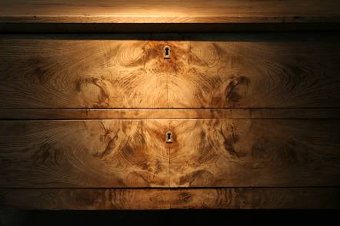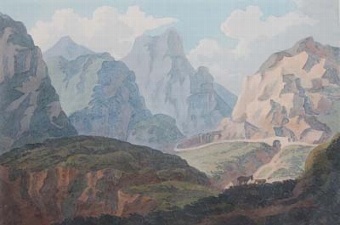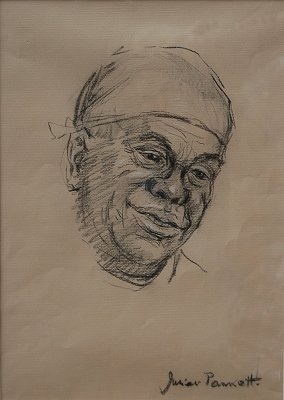featured item
george 111 styled mahogany library step chair

antiques available from other sellers in antiques interior design modern and vintage > other interior design
-
![Coming soon]() POASeveteen-Twentyone
POASeveteen-Twentyone -
![Glen Coe , Highlands of Scotland with a mountain road in the distance]() £280.00
£280.00glen coe , highlands of scotland with a mountain road in ... Read more
Artware Ltd -
![Portrait of Louis Armstrong 1901-1971]() £680.00
£680.00portrait of louis armstrong 1901-1971 Read more
Artware Ltd -
![Self Portrait of Harry Hall 1814-1882]() £2500.00
£2500.00self portrait of harry hall 1814-1882 Read more
Artware Ltd
- View other items in:
- antiques interior design modern and vintage
- other interior design
Still not found something similar? Why not save a search and get a notification in your inbox when an matching antique is added to our ever-growing database?
Enter your email address to be sent alerts when new items are added to the site that match your search criteria

George 111 styled mahogany library step chair
This library step chair is 1 of 2 made in our workshops around 20 years ago. One was a private commission. This one we kept. The thing about making a chair like this is if you are going to make 1 you should make at least a pair. As with all chairs, the chair is made firstly on a drawing board (actual size) showing all views. From there all the component parts are measured and cardboard cut outs made. At this point you are half way to your chairs completion. The cost of the second chair starts at this point, saving half the time. generally speaking all of the hand worked parts are generated with a further 20% time saving. As the more you do exactly the same movements the faster the processes become.
Tricks of the fine chairmaker 18th century styley.
Your tools. A small block of palm sized wood and a steel straight cut screw ! A scraper and a wide blade chizel.
Antiques.co.uk Ref: 672TAF4V
Here on antiques co uk we love antiques and specialise in selling antiques. Even though this item was for sale and is now sold or otherwise now unavailable we have many more items for sale including vintage antiques, silver, tables, watches, jewellery and much more for your interiors and home.
Search all the antiques currently for sale on www.antiques co uk. Or why not consider selling your antiques and making sales more easily with us!
country homes antiques scotland
Country Homes Antiques Scotland has 873 antiques for sale.
click here to see them all










